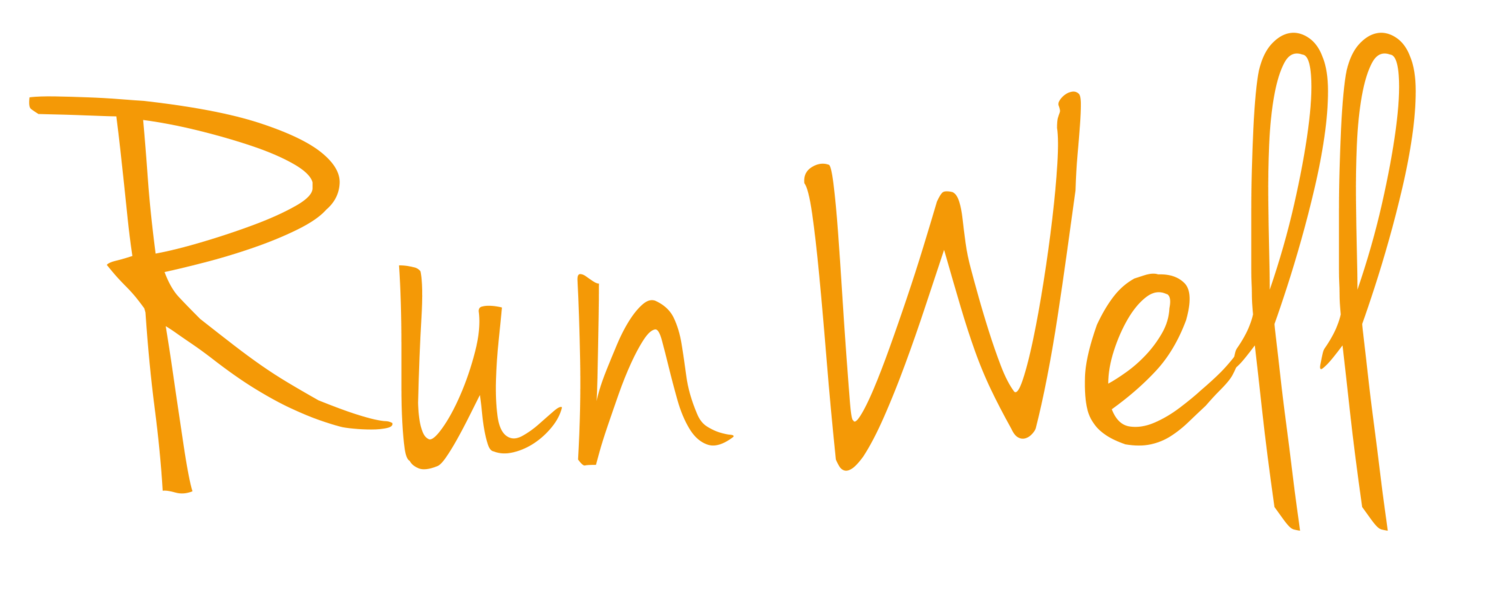Recently, I came across another article about running form changes wearing different running shoes. Essentailly this compares the foot strike pattern between a runner or runners wearing barefoot, minimalist and standard running shoes.
This particular article is written by well known and respected runner & author, Pete Larson on his very popular Run Blogger website. This site is a valuable resource with alot of very good information for runners. For those readers who continue to find this information confusing, this article is a very good summary of what I believe are accurate findings.
In essence he summarises the research data well in that;
1. Barefoot running is different and no shoe perfectly replicates the barefoot condition. Running barefoot, particularly on a hard surface, increases the likelihood that a runner will adapt a midfoot or forefoot strike. Running barefoot will also generally result in an increased stride rate and decreased stride length.
2. Running in a shoe with no cushioning will simulate some aspects of barefoot running, but will not necessarily simulate the barefoot condition perfectly.
3. Running in a “minimal” shoe with a moderate amount of cushioning is unlikely to alter form very much, particularly foot strike. In other words, if cushioning is present, a heel striking runner is unlikely to move to a midfoot or forefoot strike.
The results of this study suggest a gradation of effect of running footwear on form. None of the shoes mimicked the barefoot condition perfectly, even the minimal shoe with no cushion. When barefoot, the runners had the smallest amount of ankle dorsiflexion, a higher cadence, and a shorter stride. The zero cushion shoe yielded similar results to barefoot for foot strike, and had intermediate values for ankle angle. Stride rate decreased incrementally from the zero cushion shoe to the standard shoe, and step length increased incrementally from the zero cushion to the standard shoe.
What does this mean to you, the runner who might be looking to change their running shoes, or your style?
This data suggesst that a change to a minimalist shoe type, provided it has little cushioning can change your foot striking pattern and hence change your stride rate and length. I believe these factors are important in reducing your impact load and improving your running efficiency. Running efficiency nasically means getting on and off the ground quickly (ground contact time) which will also help your running economy ( the amoujt of energy you spend doing it), as well as reduce the risk of injury from mechanical overload.
And so this is why I say, "it's not all about the shoes." What I mean by that, is that if you put a runner with poor running form into a pair of minimalist of barefoot shoes, they will still be a poor runner. Whilst it might alter their gait somewhat, this doesn't make them a better runner without the proper training and understanding to assist in the process of changing running tecnique.
Running technique is a skill. This skill can be taught, learned and must be practised to become a better runner. Better runners are strong, efficient and economical. All of these traits are learned and practised and importantly take time to develop. This should be the focus of the runner who is looking to alter their running form., and must be considered by the runner looking to dramatically change their running shoes.
If you want to change your running shoes to a more minimalist variant, you must consider that this process requires time to adapt & strengthen your legs and feet, at the same time as working on developing different motor patterns to facilitate the process of changing your running form.
Science has shown that people do typically run differently in minimal shoes, they are not the same as running barefoot, and injury rates among those transitioning into minimal shoes aren’t any differentthan those who continue to use a traditionally cushioned running shoe (though the types/location of injuries likely differ).
Importantly, this process must be approached slowly and gradually to allow the appropriate neuromotor changes and muscle conditioning to occur, thus reducing your risk of acquiring injury.
As always Run Well.
Coming soon, "what shoe to choose next?"


